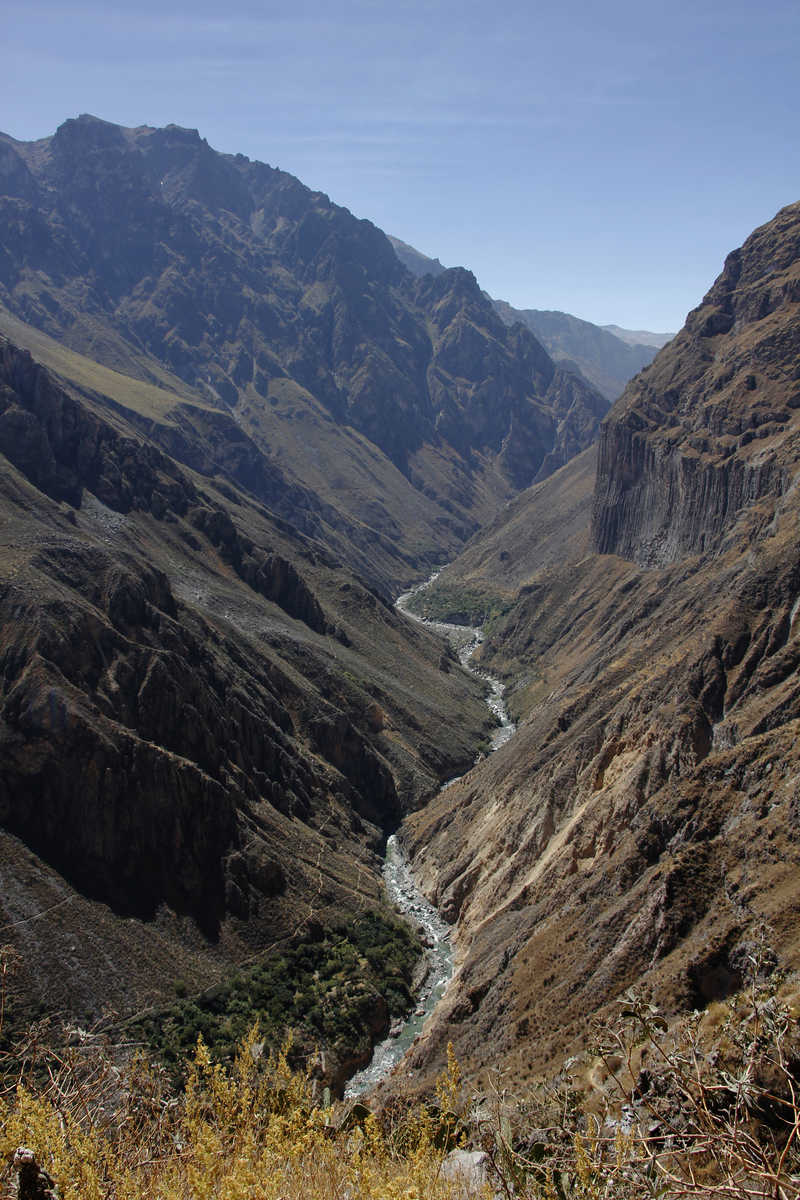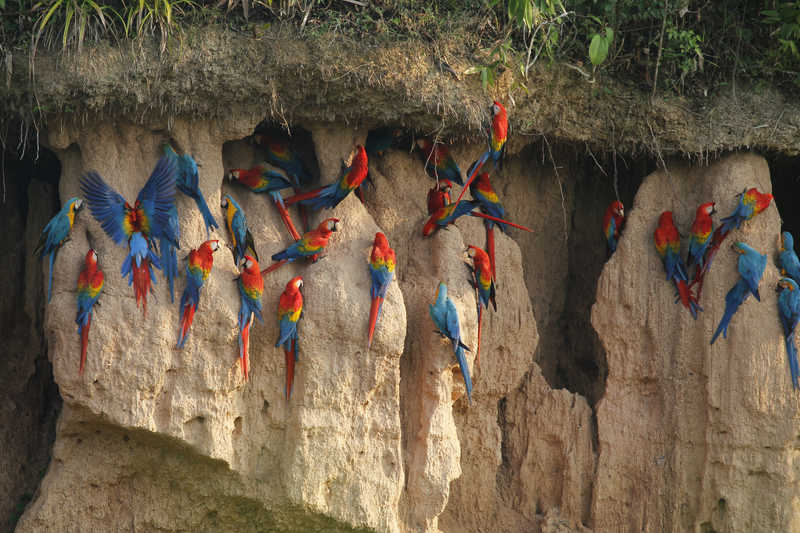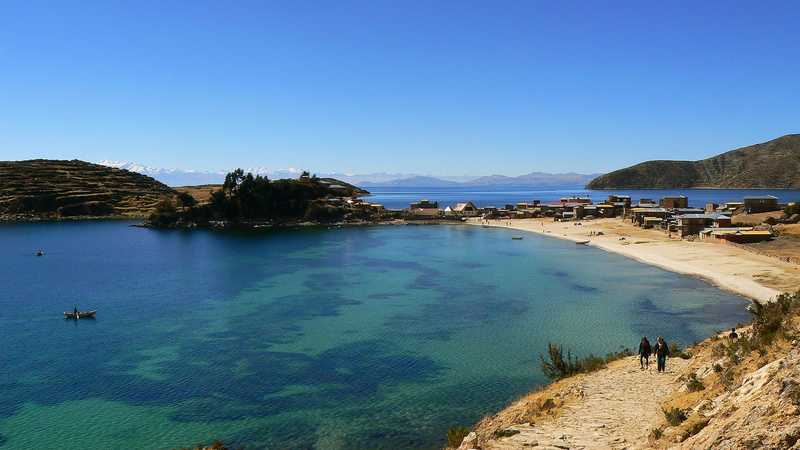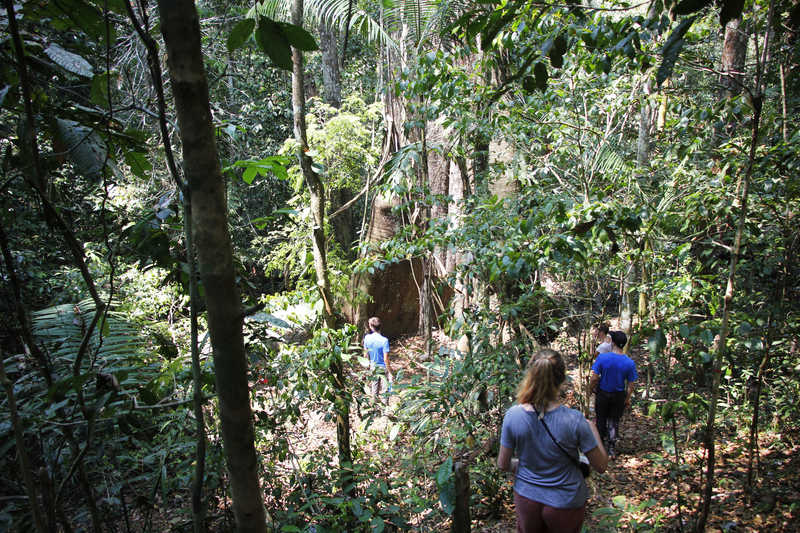Rainbow Mountains Extension
- Kandoo Trekking
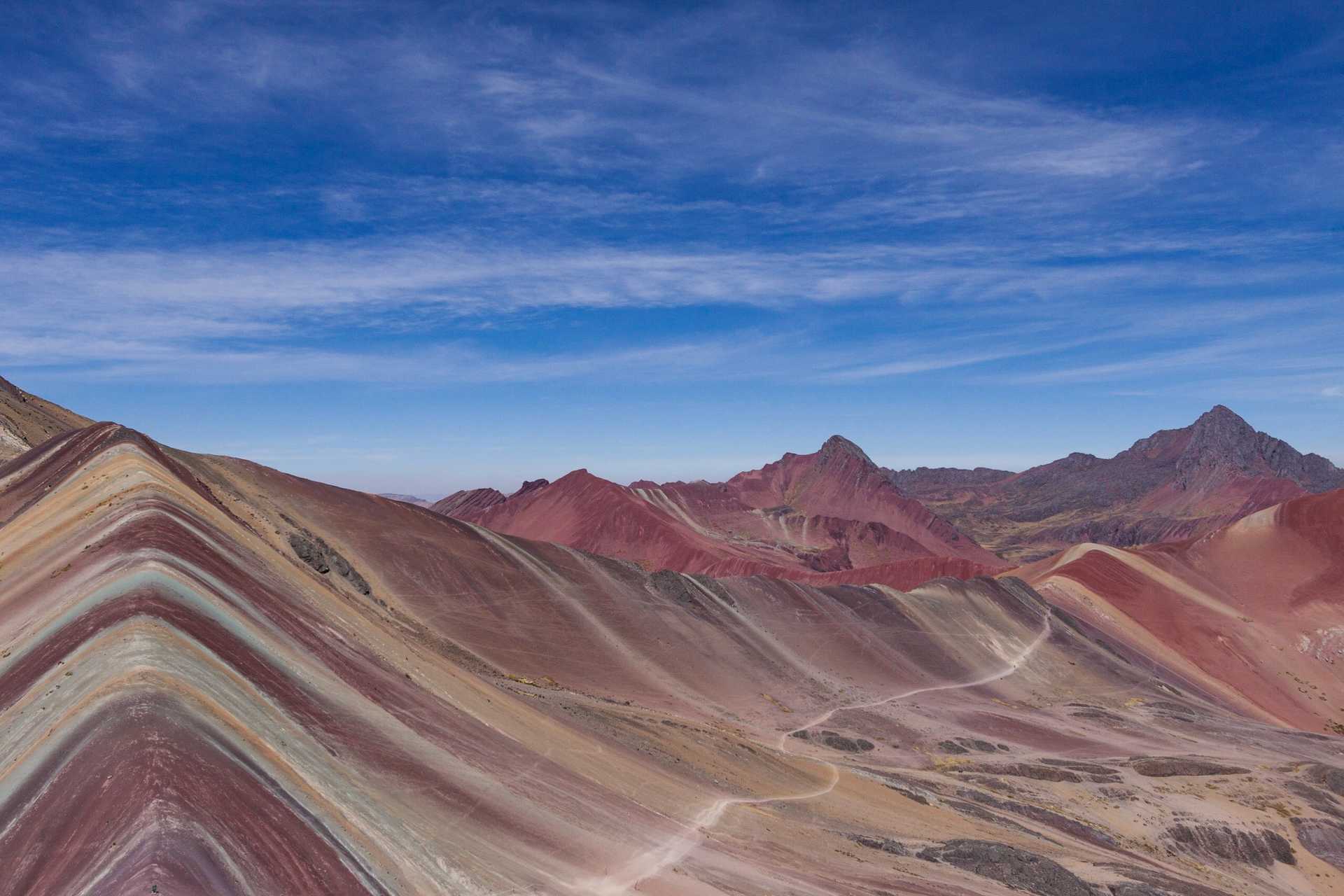
Contact
our UK team

You will be picked you up from your hotel in Cusco at 3:00 am for the 3 hour journey to our trek start point, passing through traditional villages and see some amazing views of the Andes. You will enjoy a hearty breakfast at the trail head before you start your trek.
Starting from Quesiuno, at 3,700m elevation, you will hike uphill for 2 hours to reach the viewpoint at 5,000m where you will enjoy views of the amazing red scree landscape of the famous Rainbow Mountains. From here you will also see Apu Ausangate, the highest mountain the region at 6384m (just under 21,000 ft), part of the Cordillera Vilcanota range.
After soaking up the views and taking plenty of photos of this wonderful scenery you will begin the descent. We leave the main route and head into the Red Valley, where the red, iron-rich soil contrasts with the vibrant green vegetation. After around 3 hours, we will arrive back at the trailhead where we will meet up with our chef who will have prepared a delicious lunch. We will then drive back to Cusco, arriving back to your hotel at around 3:00 pm.
The Peruvian Sol can be purchased in
advance, although US Dollars are also widely accepted in larger establishments.
If you want to change money when you arrive we can take you to an ATM or
foreign exchange bureau. When changing money, request small denominations
(10’s, 20’s and 50’s) as the larger notes can be hard to spend. If you withdraw
money from an ATM, you are likely to receive 100 sol notes.
If you are relying on a credit or debit
card for emergency funds, make sure you tell your card issuer that you will be
using it abroad, or you may find that it won't work when you really need it.
Want to ask us a question or book a private trip? Don't hesitate to contact us!
Contact us